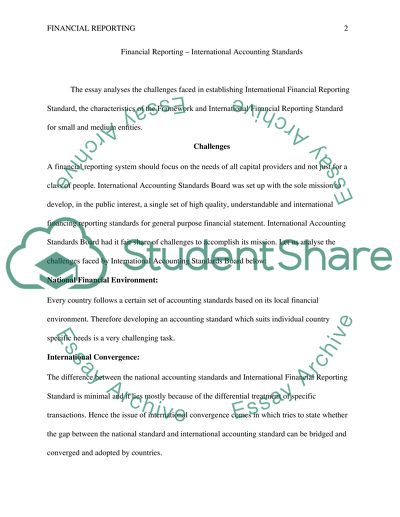Cite this document
(“Financial Reporting - International Accounting Standards Essay”, n.d.)
Retrieved from https://studentshare.org/finance-accounting/1412400-financial-reporting-international-accounting
Retrieved from https://studentshare.org/finance-accounting/1412400-financial-reporting-international-accounting
(Financial Reporting - International Accounting Standards Essay)
https://studentshare.org/finance-accounting/1412400-financial-reporting-international-accounting.
https://studentshare.org/finance-accounting/1412400-financial-reporting-international-accounting.
“Financial Reporting - International Accounting Standards Essay”, n.d. https://studentshare.org/finance-accounting/1412400-financial-reporting-international-accounting.


